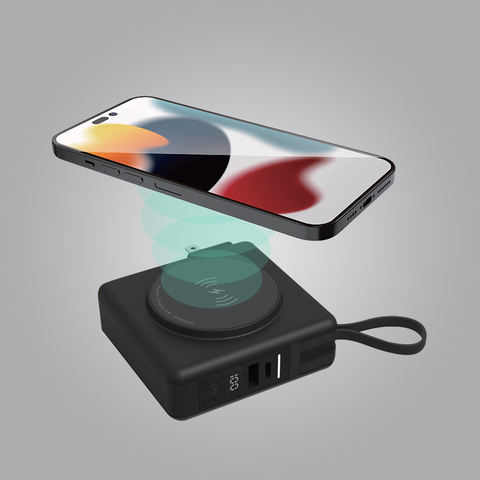
Power banks have become essential in our gadget-driven world. Whether it’s keeping your smartphone alive during a long day or charging your laptop while traveling, the right capacity power bank can make a huge difference. With options ranging from 1,000mAh to a staggering 120,000mAh, the question arises: What’s the best capacity for a power bank?
This guide dives deep into the ideal power bank capacities for various use cases, helping power bank brand manufacturers design products tailored to consumer needs.
Understanding mAh and Its Importance
The term mAh (milliampere-hour) refers to the energy storage capacity of a battery. In power banks, it indicates how much charge the device can store. The higher the mAh, the more times it can recharge devices, but it also adds bulk and weight.
For example:
- 1,000–5,000mAh: Lightweight and portable for emergency boosts.
- 6,000–10,000mAh: Ideal for daily use and travel.
- 20,000–50,000mAh: Suited for extended trips, charging multiple devices, or laptops.
- 120,000mAh: Reserved for specialized uses like camping or powering larger devices.
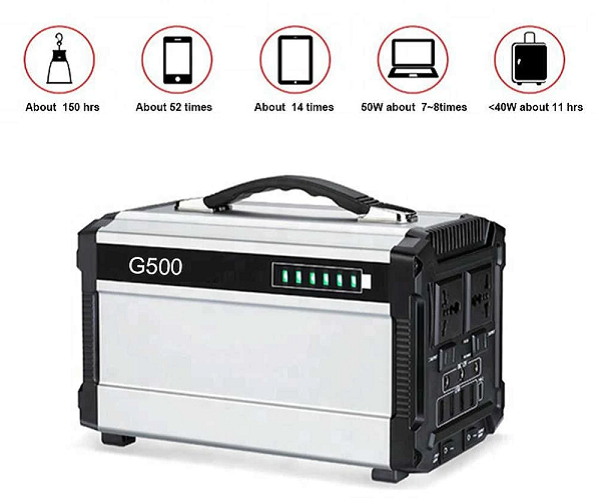
The Right Capacity for Different Use Cases
1. Compact Solutions: 1,000–5,000mAh
Best for: Emergency backups
- Suitable for customers who need a quick boost for their smartphones or small gadgets.
- Ideal for marketing as ultra-portable power banks for on-the-go use.
Example: Charging a smartphone with a 2,500mAh battery to about 50% once.
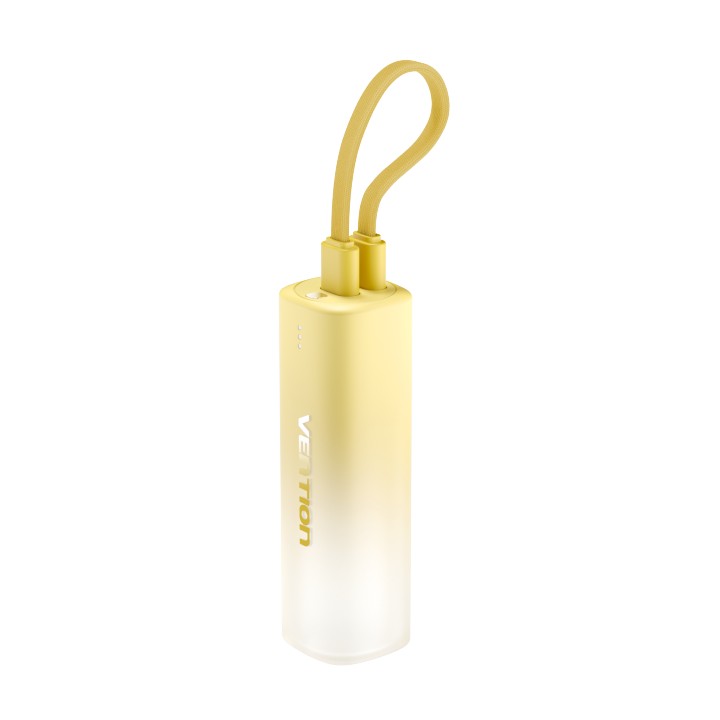
2. Balanced Daily Use: 6,000–10,000mAh
Best for: Commuters and casual travelers
- A sweet spot for those who want portability without compromising on performance.
- Popular for recharging smartphones 1–2 times on a single charge.
Example: A 10,000mAh power bank can charge an iPhone 13 (3,240mAh) about three times.
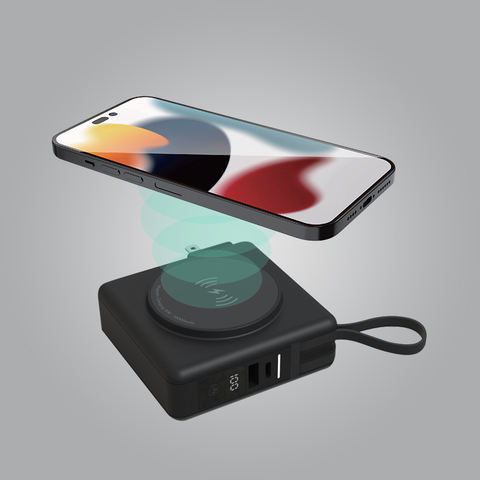
3 in 1 | Travel Charger | Power Bank PD Wireless | 10000mah CE ROHS FCC | USB Type C, AC 5V 3A
3. Multi-Device Support: 20,000–50,000mAh
Best for: Power users and professionals
- Designed for those carrying multiple devices, such as smartphones, tablets, or cameras.
- A 20,000mAh power bank can recharge a laptop once or a smartphone 4–5 times.
Example: Perfect for road trips, flights, or outdoor events where access to power outlets is limited.
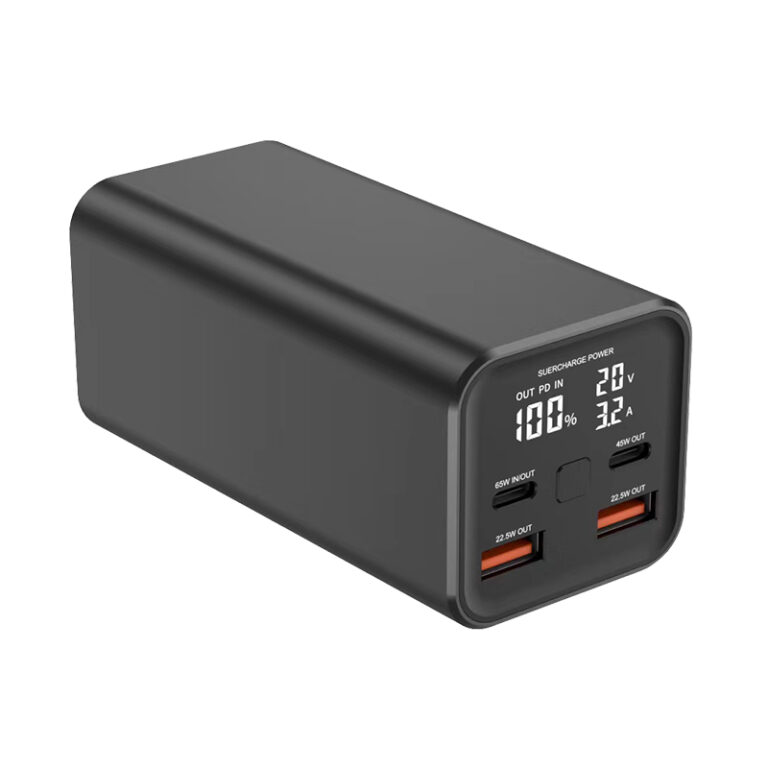
20000mAh large capacity | Laptop power bank | PD 100W | Portable backup power
4. Heavy-Duty Needs: 120,000mAh
Best for: Specialized users
- Massive capacity ideal for camping trips, off-grid adventures, or emergency power storage.
- Often equipped with advanced features like solar panels or AC outlets.
Example: Powers a laptop multiple times or charges small appliances.
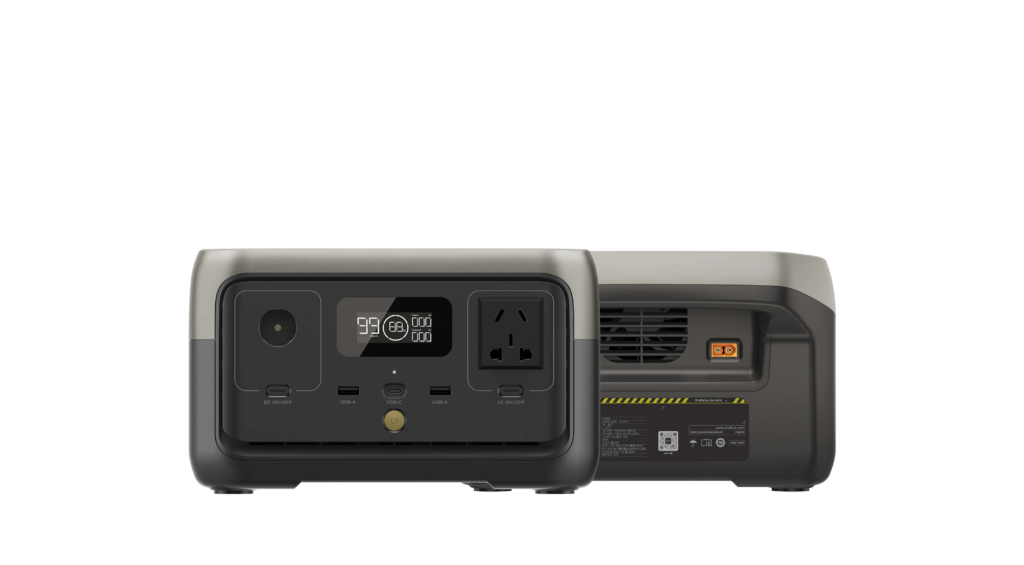
Factors to Consider When Choosing Capacity
1. Portability vs. Power
- Higher mAh ratings mean longer-lasting charges but add size and weight.
- Manufacturers should consider the target audience’s preference for portability.
2. Charging Speeds
- Look for fast-charging capabilities like Power Delivery (PD) or Quick Charge (QC) to enhance user experience.
3. Device Compatibility
- Larger capacities (20,000mAh and above) should include features like multiple ports, wireless charging, and compatibility with high-power devices like laptops.
4. Travel Regulations
- For international travelers, note that airline policies restrict power banks to capacities below 27,000mAh (100Wh).
- With advanced customization options, your brand can offer high-capacity power banks tailored for niche markets.
Manufacturing Recommendations for Power Bank Brands
- Diversify Your Offerings: Offer power banks in multiple capacities (e.g., 5,000mAh, 10,000mAh, and 20,000mAh) to cater to various segments.
- Focus on Features: Include fast charging, USB-C compatibility, and lightweight designs to stand out.
- Highlight Safety: Emphasize features like overcharge protection and temperature control to attract safety-conscious buyers.
- Market by Use Case: Showcase specific scenarios (e.g., “Perfect for Business Travelers”) to appeal to targeted demographics.
Why Partner With Us for Your Power Bank Needs?
At elec-bear, we specialize in helping power bank brands stand out with:
- Wide Capacity Range: From 1,000mAh to 120,000mAh, we offer customizable solutions for all market segments.
- Modern Features: Our power banks come equipped with fast-charging, wireless capabilities, and multiple ports to match consumer demands.
- Tailored Designs: Customize your power banks with your branding, unique shapes, and additional features for maximum market impact.
- Certifications and Safety: All our products adhere to strict safety and quality standards.
By working with us, you’ll gain access to premium products designed to help your brand capture attention in this competitive industry.
FAQs About Power Bank Capacities
1. Is a 1,000mAh power bank good?
While portable, it’s only suitable for quick, emergency top-ups. It’s not practical for regular use.
2. Is higher mAh always better?
Not necessarily. Higher mAh ratings offer more power, but they can lead to bulkier, heavier devices. Balance is key for portability.
3. What’s the best battery capacity for a power bank?
For most consumers, 6,000–10,000mAh offers a good balance of portability and performance. Power users may prefer 20,000mAh or more.
4. Which power bank is better, 10,000mAh or 20,000mAh?
It depends on the user’s needs. A 10,000mAh power bank is lighter and suits daily use, while a 20,000mAh power bank works better for extended travel or multiple devices.
Conclusion
The best power bank capacity depends on the user’s needs. While casual users may prefer compact 6,000–10,000mAh models, professionals and adventurers might require 20,000–50,000mAh or more. By understanding these needs, power bank manufacturers can develop products that cater to specific lifestyles and secure a competitive edge.
Your next step as a manufacturer? Design power banks that not only meet consumer demands but also deliver safety, style, and performance in one neat package.


